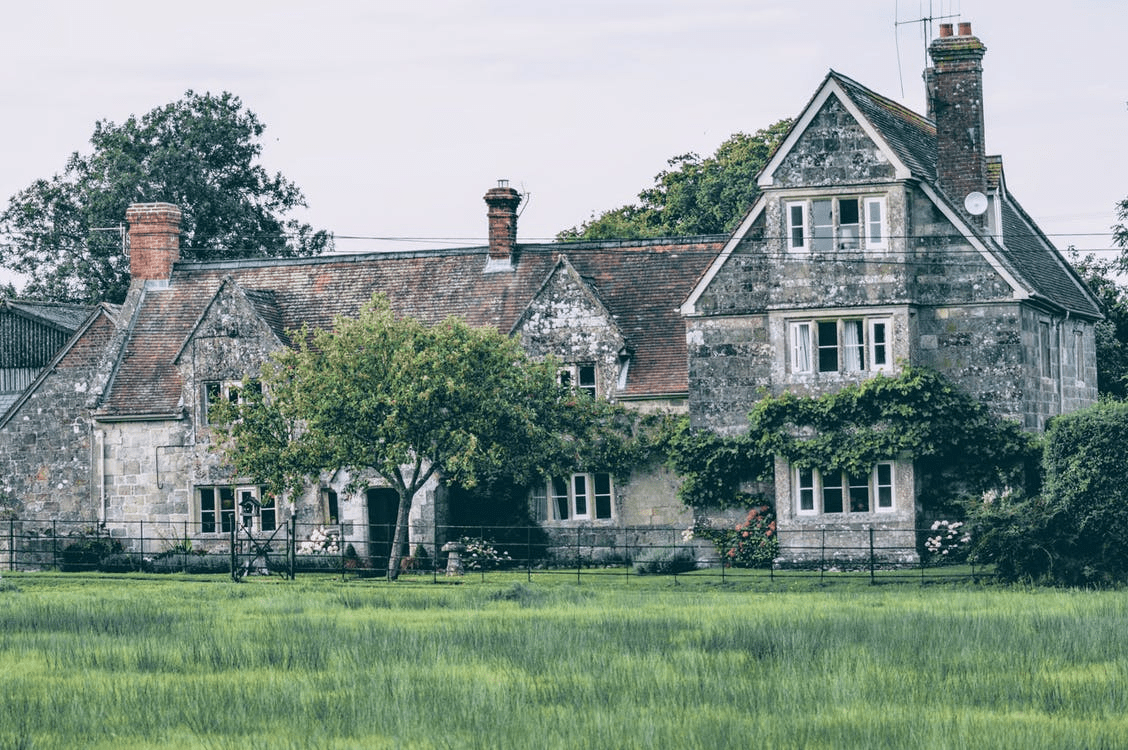Table of Contents
Buying an older home is an appealing option to many people. Older houses have lots of character and present the opportunity to bring the building back to its former glory. However, older houses are notorious for having significant issues, many of which remain hidden until the remodeling begins. This is why many people recommend building a new home with vintage-inspired features.
Major older home issues to look for
If you dream of wandering the halls of an old Victorian or classic Cape Cod, keep these common older home issues in mind before buying.
Foundation or slab leaks
One of the most important things to look for when considering an older house is whether there are any leaks in the foundation or slab. While a leaky foundation isn’t a deal-breaker, it could indicate a deeper issue.
According to the professionals in Slab Leak Detection | Indiana Leak a potential plumbing issue can be the cause of slab leaks. Many homes built on slabs have plumbing running through the slab to get water where it needs to be. Pipes on a slab home should be installed with proper coverings and seals. If they aren’t, however, a simple leak can become a big problem.
When exploring an older home, look for cracks in the foundation and soggy spots on the floor. Water issues are never a simple fix and could derail your entire remodeling budget.
Outdated electrical
Outdated electrical poses several issues when buying an old home, both in terms of safety and functionality. From a safety standpoint, an outdated panel and wiring are fire risks. It’s important to have an electrician update the wiring and panel to prevent potential disasters.
Another common issue with older homes is the electrical outlets. Older homes typically don’t have GFCI outlets, which have a grounding component to prevent shocks. Modern building codes require GFCI outlets. Additionally, these outdated outlets aren’t built to withstand the needs of modern appliances. While everything might work smoothly with the existing appliances, you’ll likely run into issues when you upgrade (another cost to consider).
Life was much simpler back in the day, with far fewer electronics that we now consider staples of everyday life. You’ll likely find outlets lacking in your new old home. This means installing new outlets to make the house more functional and convenient. However, it’s also important to ensure your panel can handle the additional demand.
As you can see, the interconnectivity of electrical work makes this a significant undertaking that adds up quickly.
Inadequate insulation
Many older homes lack the same level of insulation as modern homes; some lack insulation entirely. This is because older homes were built to breathe, rather than relying on an airtight design with an integrated ventilation system (more on that later). In newer old homes, it’s not unusual to discover that the insulation has degraded or settled, falling to the bottom of the wall in a pile. This feature poses two problems for people purchasing an older home.
The most obvious issue is the lack of insulation and what that means for temperature control. The second, less obvious issue is the limitations with adding insulation to an old home. These homes were designed with a “natural” ventilation system; blowing in insulation can disrupt the airflow, causing excess humidity and creating mold.
Insulating an older home without causing more problems requires an expert touch and focus on the factors you can control, such as replacing windows and sealing the exterior. Understand that when you move into an old home, lack of temperature control goes with the territory.
Outdated HVAC
As you may have deduced, the “natural ventilation” system in older houses means no HVAC system exists. Depending on the age of the home, your options might be limited in changing this aspect. If the option is there, you can plan on it costing a fortune. It’s also worth considering whether modernizing an HVAC system is worth it if you can’t also update the insulation.
Again, the lack of a modern ventilation system isn’t a deal-breaker; homes were designed long before these modern technologies came into place with the same needs in mind. The goal will be to optimize airflow and control the humidity levels as much as possible.
Dry rot
Dry rot can be an insidious issue and hard to detect unless you know what you’re looking for. This issue is caused by a fungus, which literally eats the wood as it spreads. It doesn’t need moisture like mold and mildew and can damage the structural integrity.
If you notice wood beams and boards with a crumbly effect or an overwhelming earthy odor in the home, there might be dry rot. In its final stages, the fungus will bloom into full fruiting bodies— i.e., big mushroom caps— through the walls. At that point, it’s too late to fix it.
Roof decking issues
Replacing a roof is a common homeownership undertaking that people are prepared for when buying a home. Generally, you can look at a roof and know if you’ll need to add new shingles to the budget. However, decking issues can be harder to detect.
The roof decking is the underlying structure that supports the shingles and underlay. Many older homes lack gutters and sufficient drainage to move water off the roof, so it’s common for the roof decking to rot out underneath. This means replacing the roof’s structure in addition to the other materials.
If the roof looks spongy or you notice signs of moisture and rot in the attic, plan for a bigger roof replacement budget.
Final words
Buying and restoring an old home is a labor of love. If you decide to take on this burden, understand the deal breakers when exploring your options. Hire a home inspector experienced in working with older buildings to help you understand the journey ahead.




